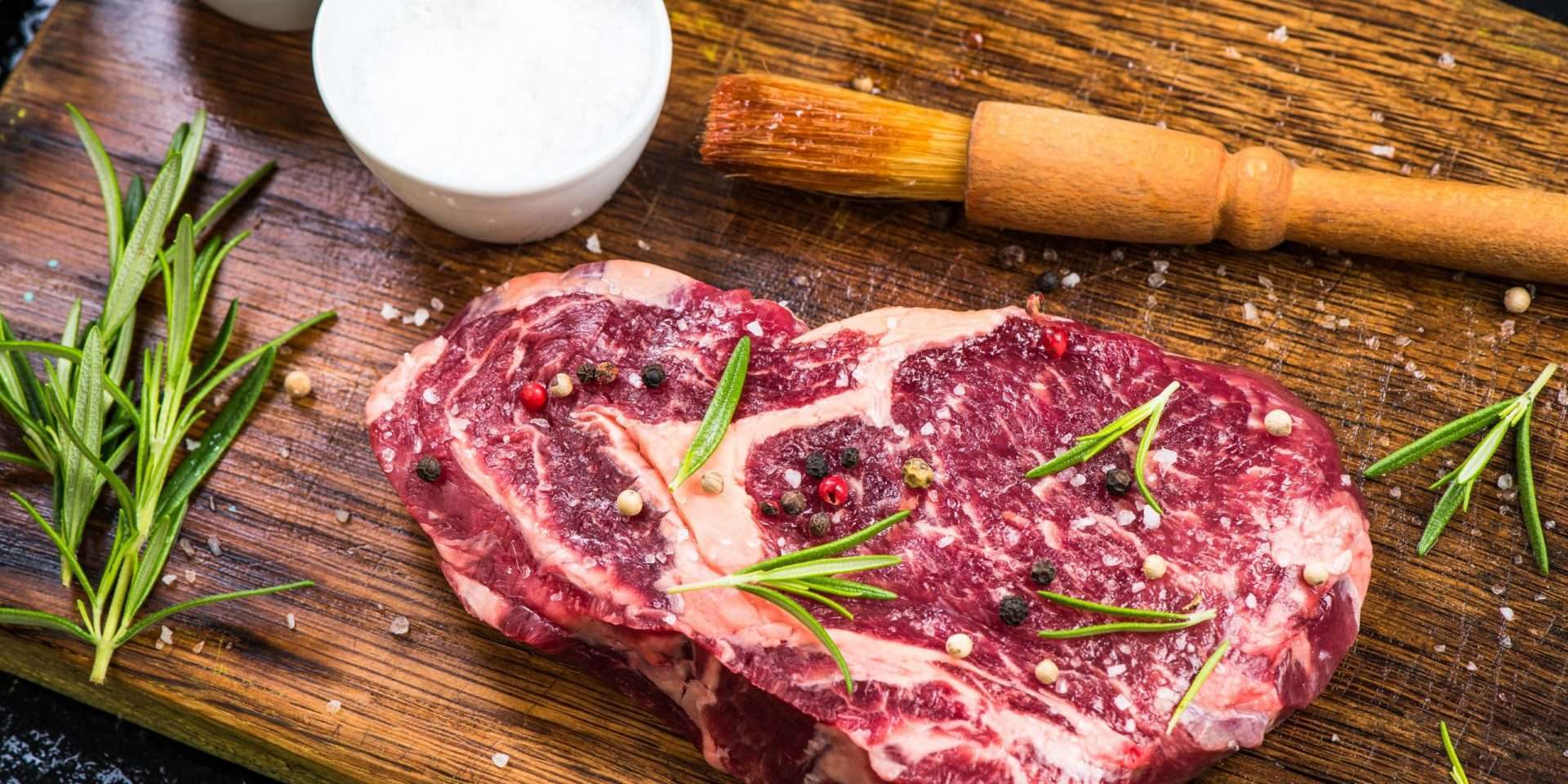“Food is medicine” is a saying for a reason. We already have to consume food every day to survive and thrive. Food provides energy to our cells in order for our body to function, but food can also maintain health and prevent disease when we eat enough of the appropriate macro and micronutrients. The need for additional supplementation is lower when we can achieve the necessary levels of our nutrients through diet first.
It’s ideal to get iron from food rather than oral supplements. This is because up to 70% of adults don’t tolerate iron supplements and suffer gastrointestinal side effects. Usually this means it can cause constipation or stomach upset, and that’s a hard pass for most – pun intended.
The good news is that there are many healthy and good quality sources of iron readily available in a variety of foods.
Good sources of iron from food:
- Shellfish: Clams, Mussels, Oysters
- Liver: Pork, Chicken, Turkey, Beef
- Meat: Beef, Buffalo, Lamb
- Vegetables: Sunchoke, Acorn Squash, Brussels Sprouts
- Legumes: White Beans, Lentils, Soy
- Seeds/Nuts: Pumpkin, Chia, Pine Nuts
- Whole Grains: Oats, Spelt, Sorghum
- Dried Fruit: Raisins, Apricots, Prunes
- Other: Blackstrap Molasses & Dark Chocolate
Heme iron is found in animal foods like meat, fish and eggs. Non-heme iron is found in plant foods like vegetables, nuts, and seeds. But it’s important to remember that non-heme iron (plant-based) is not absorbed as well as heme iron (animal-based). When eating iron from plant-based food sources, be sure to increase your absorption by using some tricks listed below.

Ways to increase iron absorption from plant based foods:
- Pairing your iron food with vitamin C. Foods like citrus, tomatoes, peppers, strawberries and more can help absorb non-heme sources of iron.
- Cook in a cast iron pan. Make sure the pan is not coated and is made from a reputable company. Real cast iron pans are heavy and often have a stock number and city with the brand.
- Eat animal sources of iron at the same time.
The bad news is that not everyone can absorb enough iron from their food. This can be because of gastrointestinal damage, aging or illness. It can also be due to external factors such as other foods and medications. If you are eating a diet with a goal of absorbing more iron, make sure you don’t fall into these iron pitfalls!
Factors that decrease iron absorption:
- Drinking black tea or coffee near iron ingestion. The tannins and polyphenols bind the iron and limit your absorption. Make sure to time these delicious beverages away from your iron-rich foods.
- Calcium supplements or milk. These can block your absorption of iron from other foods and supplements.
- High-oxalate foods. This list includes but is not limited to rhubarb, almonds, buckwheat, parley, sesame seeds, chard, and spinach. Because of the oxalate content, not much iron is absorbed from these foods.
- Taking your iron supplement every day. You read that right: taking it every day is NOT ideal. Research has found that taking your iron supplement every day will decrease the amount of iron you absorb because of an increase in hepcidin.

Do you know your iron status? Are you getting enough or too much? Your physician can run simple bloodwork to determine this. When diet isn’t enough to bring up your iron levels sufficiently, ask your doctor about your other options. They may suggest iron supplements; but if you don’t tolerate these, as a majority of adults don’t, ask about iron IV therapy. Physicians who are staying up to date with new guidelines and risks of iron deficiency will be able to provide or refer to this service. Iron IVs can be a safe and easy way to efficiently bring up your iron levels, under physician supervision. See our blog about iron IV therapy and anemia here to learn more.


